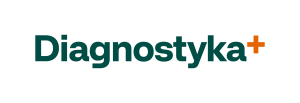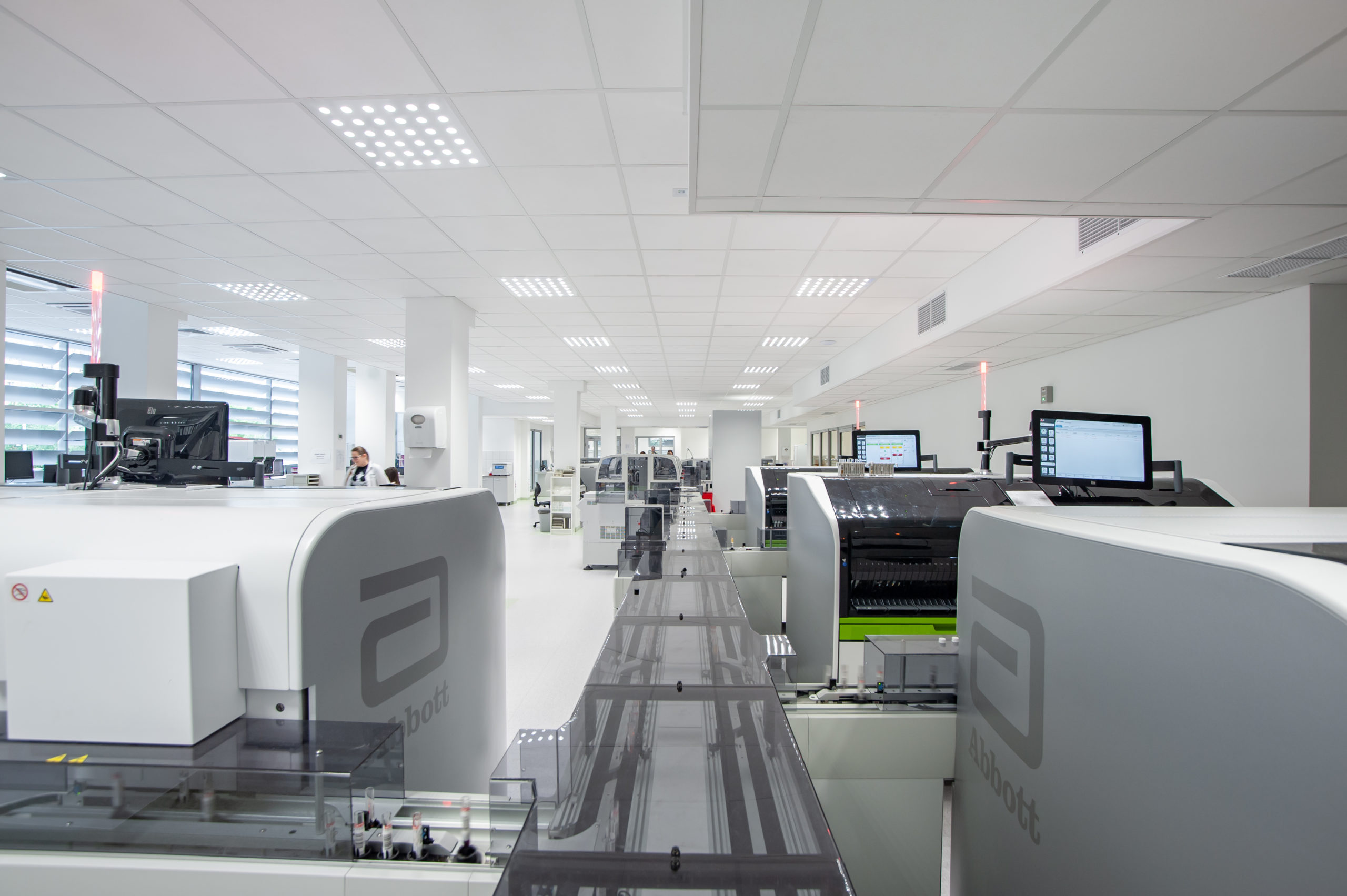
EXAMPLE
To meet the challenges associated with dynamic growth, Diagnostyka successfully implemented a process for collecting and aggregating ESG data from multiple diverse laboratories and collection points, ensuring consistency and efficiency at every stage of development.
8000
Employees
180
Laboratories
1100
Collection facilities
CUSTOMER STORY
Diagnostyka: More than Just Results
Diagnostyka, now recognized as the largest network of medical laboratories in Poland, began its operations in Krakow in 1998. Over the years, it has not only grown dynamically but has also become an industry leader in terms of quality and innovative technological, IT, and management solutions.
Thanks to consistent work and a commitment to excellence, the company now operates a network of over 180 laboratories and approximately 1,100 collection points spread throughout the country. Conducting more than 125 million tests annually, it serves the health of nearly 20 million patients.
However, Diagnostyka’s ambitions reach further. The company aspires to be the most preferred network of medical laboratories in Poland. It strives to achieve this not only by delivering the highest quality tests but also through investments in customer service and active educational and social initiatives. Its motto is the continuous improvement of the services offered, and stringent quality controls and openness to innovation solidify its strong market position.
But Diagnostyka is not just about technology and modernity. It is also about people, passion, and sharing knowledge about medical laboratory diagnostics. As they say themselves: “Diagnostyka is more than just results.”

GOAL
Consistent collection of ESG data in a dynamically growing and complex organizational structure
Diagnostyka, facing challenges associated with dynamic growth within its capital group composition, was in search of a flexible tool that would enable the creation of an intuitive and user-friendly process for collecting both quantitative and qualitative ESG data. It was also essential to consider the diverse profiles of the organizational units within the entire group to ensure information consistency at every stage of report development.
SOLUTION
Flexibility in data collection for capital groups
The company was aware of the challenges associated with collecting data from a variety of organizational structures. However, these challenges were effectively addressed through the implementation of several innovative features of Diaphane. Multidimensionality allowed for the creation of multiple organizational structures for each indicator, significantly increasing precision and efficiency. As a result, the company gained the flexibility to reach out with the appropriate surveys to selected units. An important selection criterion was the ease of data reporting based on the surveys sent out. This facilitated the data collection process and allowed for a more targeted approach to each unit.
Additionally, the introduction of custom forms enabled the adaptation of standard ones to the specific language and characteristics of the organization. This made it easier for reporters to fully understand the questions posed and provided more precise answers. Simple translations and the ability to customize the content of questions to the specifics of organizational units led to a better understanding of their needs. Adding new reporters from dispersed units became easier. This feature allowed for more effective data collection from various sources, which improved the quality of the company’s analysis and strategy.


RESULTS
From Complexity to Coherence
By implementing the Diaphane platform, the company not only gained a tool that enables the collection and aggregation of data from various structures but also accelerated and streamlined the entire ESG data reporting process, which was crucial in the face of dynamic expansion and acquisitions.
- Precision was increased thanks to multidimensional organizational structures for each indicator.
- Flexibility was introduced in reaching out with surveys to selected units, which sped up the information gathering process and allowed for a more targeted approach to each entity.
- The implementation of customized forms facilitated understanding and responses to these forms by reporters.
- Communication with external entities, such as suppliers, was improved, which facilitated the collection and aggregation of data from various business partners.

“With the dynamic development of the company and the dispersed structure of our laboratories, the process of collecting ESG data was quite a challenge. Thanks to the Diaphane platform, we were able to integrate information from our numerous units in a coherent, efficient manner. But most importantly, it allowed us to control the timeliness of data collection for the report. I now feel a significant relief, knowing that data from various sources are properly collected and analyzed, which saves me a lot of time and reduces stress associated with potential errors in reports.”
Barbara Kopeć, Board Representative for Project Management and ESG

